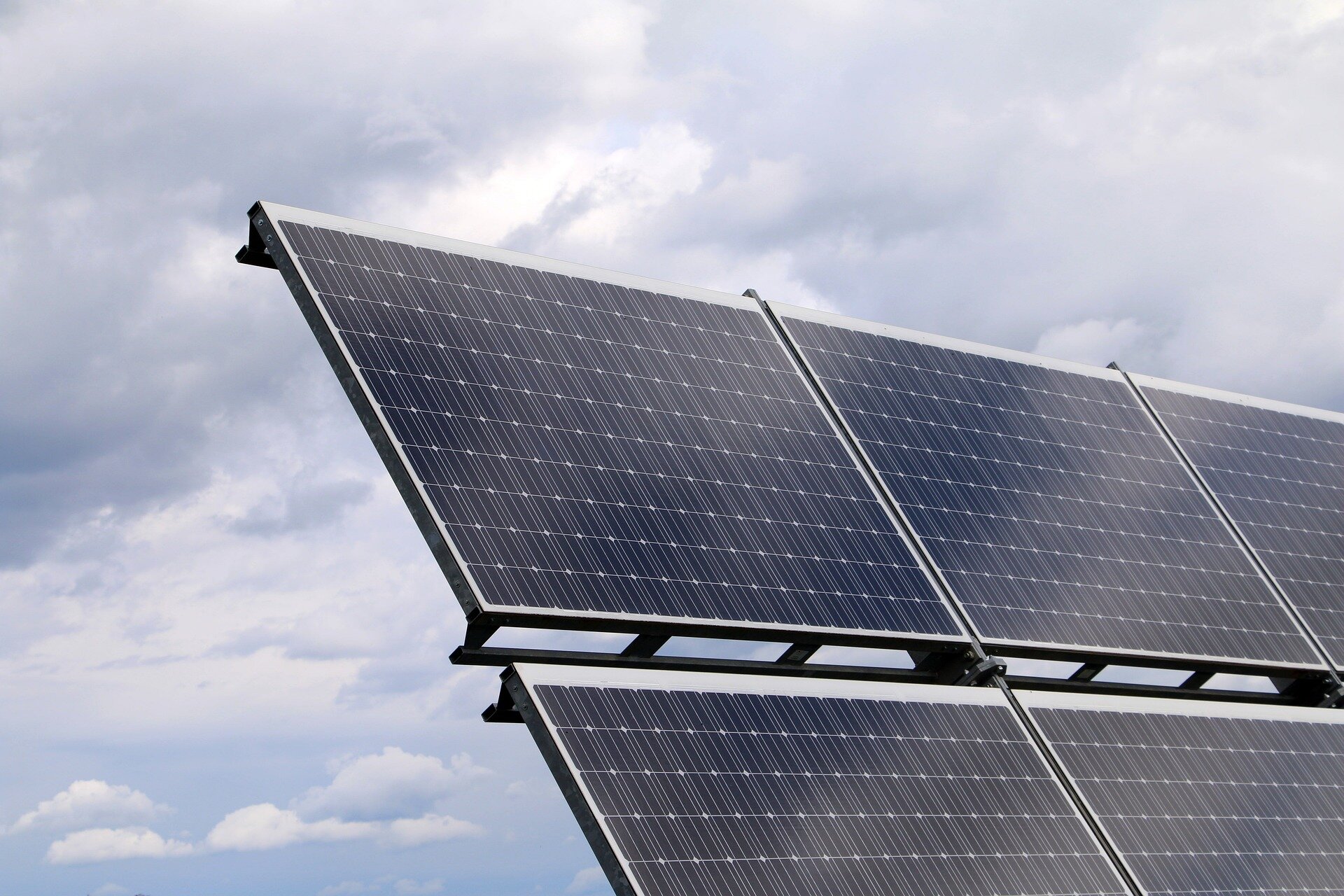
For more than 50 years, Scott Snyder's family has grazed cattle on a 600-acre parcel of leased land on Wright's Mesa, a 7,000-foot plateau ringed by southwestern Colorado's San Juan Mountains.
In the spring, the family brings cows and their new calves to the sunny, level parcel of sagebrush plain and pinyon-juniper woodlands. Their bulls winter on the land, close to their ranch headquarters outside Norwood.
At first, the Snyders weren't too worried when a clause appeared in their lease with the Colorado State Land Board. It said their use of the parcel would be terminated if the county government approved a solar project on the land.
"Then it kind of snowballed and caught fire," Snyder said.
That parcel is now the proposed site for a large solar farm that is opposed by Snyder and many in neighboring Norwood who don't want solar panels on the beautiful, tranquil mesa. The opposition prompted San Miguel County to enact a moratorium on large solar development—one of several such temporary local bans across Colorado.
The fast expansion of large-scale solar projects, fueled in part by record federal investment, has prompted a wave of county governments to pass moratoriums on the construction of new facilities, often in response to local opposition. In the last two years, at least 10 counties in the mountains and on the Eastern Plains put temporary halts in place.
More than 40% of the state's 4,112 megawatts of installed solar power were built last year, the vast majority from utility-scale projects. Solar facilities now provide 9% of the state's electricity and generate enough energy to power more than 838,000 homes, according to a report by the Solar Energy Industries Association.
But to meet Gov. Jared Polis' goal of using 100% clean energy and reducing greenhouse gas emissions by 2040, the amount of solar power will need to quintuple, according to state officials.
To reach that level, companies will need to roll out large-scale solar facilities, which require sunny tracts of land that are broad, flat, cleared of trees and close to transmission lines. Land meeting all of those criteria can be found in rural communities on the Western Slope, but some oppose giving up agricultural land—and ceding land with a cherished undeveloped nature.
Snyder isn't opposed to solar. He's attempted to lease other parcels he owns on the west side of San Miguel County to solar companies. But he questions why this project should go here, in his backyard, on the land he's grazed since he was in middle school.
Across the state, few of the local opposition movements to solar projects are about party politics or the concept of solar energy, said Mike Kruger, the CEO of the Colorado Solar and Storage Association. Instead, they're typically about local concerns, he said, and NIMBYism, which stands for "not in my backyard."
"The reactions are: 'I love solar, I just don't love it here,'" he said.
Provided by The Denver Post
Citation: Colorado counties' halts on large solar energy projects are slowing progress toward state's climate goals (2024, May 27) retrieved 21 June 2024 from https://techxplore.com/news/2024-05-colorado-counties-halts-large-solar.html
This document is subject to copyright. Apart from any fair dealing for the purpose of private study or research, no part may be reproduced without the written permission. The content is provided for information purposes only.
